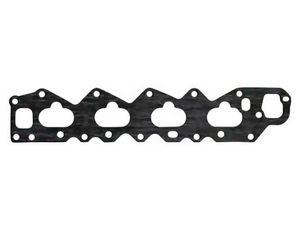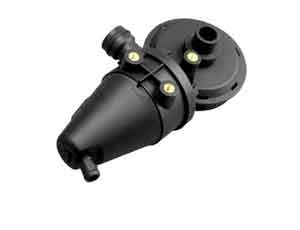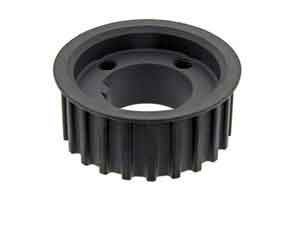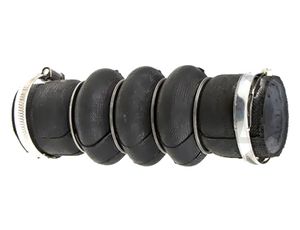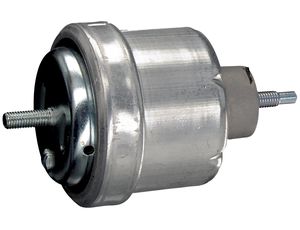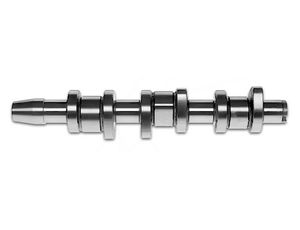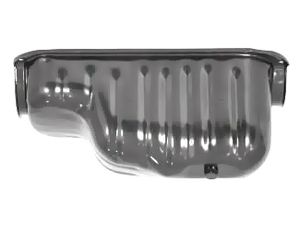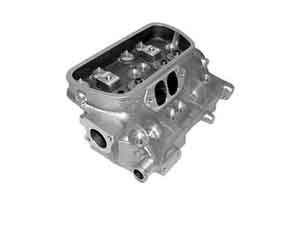Quantity: {[ basketItem.quantity ]}
{[ formatPrice(basketItem.price * basketItem.quantity, basket.currency) ]} ({[ formatPrice(basketItem.price, basket.currency) ]})
Engine parts for HYUNDAI
588 matching parts foundWithout a thoroughly working engine, your HYUNDAI cannot move. As engine performance depends on many external factors, engine parts are subject to natural wear and tear. Increased temperature, vehicle load, fuel quality, all these elements affect the condition of HYUNDAI engine parts. Therefore, it is recommended to check them regularly to maintain engine performance. Check your fuel filter every 10,000 kilometres and clean your fuel tank. However, you may still need new HYUNDAI engine parts. Assure your HYUNDAI vehicle the highest quality at a low price with engine parts from Q-Parts24. You can get engine parts for your HYUNDAI Accent, HYUNDAI Kona, HYUNDAI Sonata or any other HYUNDAI model in the following categories:
- Gaskets for HYUNDAI
- Crankcase spare parts for HYUNDAI
- Crankshaft drive spare parts for HYUNDAI
- Air supply & turbocharger for HYUNDAI
- Engine suspension spare parts for HYUNDAI
- engine control spare parts for HYUNDAI
- Engine lubrication spare parts for HYUNDAI
- Cylinder head & attachments for HYUNDAI
You will find all engine parts from renowned brand manufacturers, such as INA and MANN Filter, whose quality has been known for years. Get the right engine spare parts in our car parts shop and let our service team advise you and benefit from many advantages, such as fast delivery and a long right of return. Take advantage of our offers today to buy high quality car engine parts for HYUNDAI!
ENGINE TYPES FOR DIFFERENT VEHICLES
In general, an engine is a machine that transforms e.g. thermal or chemical energy sources into mechanical energy. A distinction is made between engines according to the type of energy conversion, so there are combustion engines, electric engines and hybrid engines. Up to now, internal combustion engines have played the most important role in the automotive industry. However, hybrid and electric engines are becoming more and more important due to new environmental policies. Internal combustion engines are distinguished by the type of fuel they burn. Either a petrol engine or 4-stroke engine that converts petrol or a diesel engine.
STRUCTURE OF THE ENGINE
The internal combustion engine generates kinetic energy, heat and friction through the combustion of a fuel, i.e. in most cases petrol or diesel. One of the best-known internal combustion engines is the reciprocating piston engine, which works with both fuels. Here, pistons are set in motion in the cylinders by the gas pressure created during combustion. The piston movement is converted into torque by means of a crank mechanism, connecting rods and a crankshaft. The rotary motion is then considered to be wheel drive. In addition to driving cars, the engine also serves as an energy supplier for other systems. These are supplied with energy by the generator, which charges a battery. A petrol engine works on the spark ignition principle, combustion is achieved by an electric spark which is timed. The diesel engine is a self-igniter, here combustion takes place through the hot air without any other external influences. In addition to the classic combustion engine, there are also hydrogen combustion engines. The function is similar to that of a petrol engine, the difference lies in the fuel. Hydrogen is burnt in this method, a disadvantage being the increased ignition temperature.
MODERN ENGINE DEVELOPMENTS
Electric motors are becoming more and more accessible and sought after because of the current poor environmental conditions. Policymakers are pushing for solutions that reduce CO2 emissions and oil consumption. Electric motors have different designs. The car can either be powered by a central machine or by a decentralised system consisting of several electric motors, each attached to the axles or wheels. Since there is no fuel combustion in this method, kinetic energy is generated by converting electrical energy using magnetic fields. The energy source comes from batteries or fuel cells. Since the range of an electric car is currently still limited, the hybrid drive system was developed. This system integrates the combustion engine and electric motor. These can then act either simultaneously or alternately.
 Deutsch
Deutsch  English
English 